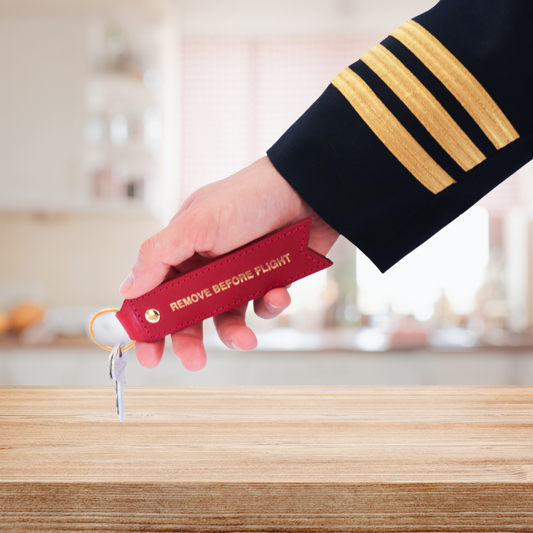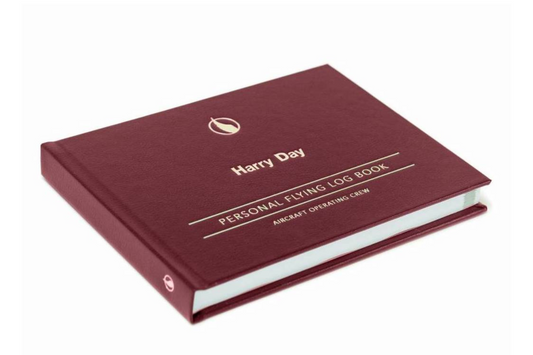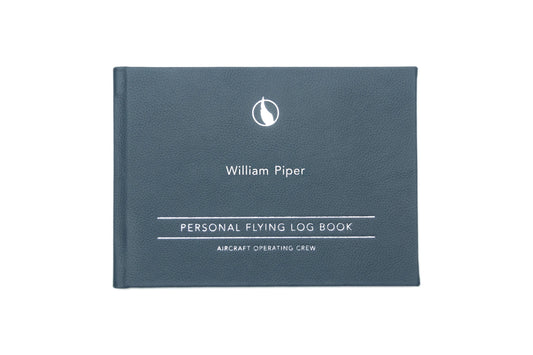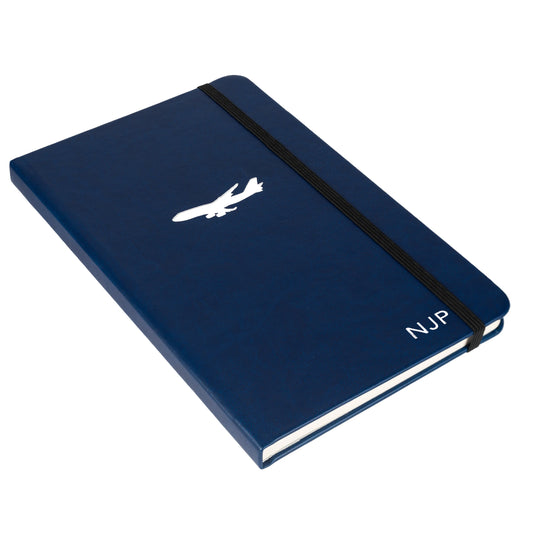In today’s digital aviation landscape, most pilots rely on electronic logbooks to track their flight hours. But when it comes to job applications and interviews, having a professionally printed logbook is still a must.
A well-formatted logbook can set you apart if you’re applying to an airline or preparing for an upgrade.
So, what’s the best way to print a digital pilot logbook for interviews? In this guide will take you through the steps to ensure your printed logbook looks professional, complies with industry expectations, and is easy for recruiters to review.
Why Print your Pilot Digital Logbook?
While digital logbooks are convenient, airlines and hiring managers require a hard copy during interviews. Here’s why:
- Professionalism – A well-organised printout shows attention to detail.
- Accessibility – Recruiters can quickly scan your experience without scrolling through a device.
- Backup – A printed logbook serves as a fail-safe if digital access is lost.
- Compliance – Authorities still mandate physical records for official checks.
A well-structured printout also helps create a strong first impression during job interviews.
Airline recruiters are faced with hundreds of candidates, those who present their logbooks in an organised, easy-to-review format make their lives easier, while showcasing your own organisation and proffesionalism.
Step-by-Step Guide: Printing Your Digital Logbook for Airline Interviews
1. Choose the Right Logbook Format
Not all printouts are created equal. When printing your digital logbook, ensure it follows a structured format that matches traditional paper logbooks. Look for:
- Columns for date, aircraft type, registration, flight time, PIC/SIC hours, remarks
- A clear, chronological layout
- Compliance with CAA, FAA, or EASA logbook expectations
Most digital pilot logbook apps like Aileron PilotLog allow you to export data in a format that meets these standards, but not all, so always do your research.
2. Export in a High-Quality Printable Format
Your logbook should be printable in a high-resolution PDF format to avoid pixelation. Check your logbook software for:
- PDF Export Options – Ensure clear text and a professional layout.
- A4 or Letter Size – Standard printing sizes used by recruiters worldwide.
- Auto-Summing Features – Verify total flight hours are automatically calculated.
Exporting in a standardised layout ensures consistency and avoids issues with misalignment when printing.
3. Use a Professional Printing Service
Home printers might not always deliver the best results. To make your logbook look polished, consider:
- Use Aileron - For specialized digital logbook printing service for pilots
- Printing at a professional copy shop (e.g., Staples, FedEx, or an online print service).
- Binding options – A leather-bound or spiral-bound format enhances durability.
- High-quality paper (100-120gsm) for a crisp, professional finish.
Investing in high-quality printing and binding shows a commitment to professionalism.
4. Organise for Easy Review
Recruiters don’t have time to flip through messy pages. Make their job easier with:
- Tabs or Dividers – Separate different sections like PIC, SIC, and training hours.
- Include a Summary Page – Add a one-page summary of total flight hours, aircraft types, and key qualifications.
Organising your logbook for quick navigation ensures recruiters can easily find the information they need.
5. Keep a Digital & Backup Copy
Before heading into an interview:
- Save a digital copy on a USB or cloud storage (Google Drive, Dropbox).
- Photograph each printed page in case you need a reference later.
- Practice explaining your logbook – Be prepared to discuss specific flights or milestones with recruiters.
By having both digital and physical backups, you ensure that your logbook is never inaccessible when you need it.
Common Mistakes to Avoid When Printing Your Logbook
Even with the best intentions, pilots can make mistakes when preparing a printed logbook for an interview, and its' these small errors that can make a big difference in how a recruiter perceives your professionalism and attention to detail. Here are some of the most common mistakes we've seen in the last nine years and how to avoid them:
- Printing in Low Quality - Faded ink, misaligned tables, or pixelated text is a no-go. Check the print settings and opt for high-resolution PDFs and quality paper to ensure a crisp, readable document.
- Missing or Incomplete Entries - Gaps in your flight records can raise questions. Before printing, review your logbook to ensure all flights, endorsements, and required details are logged correctly. If you find missing information, update it before finalising the print version.
- Poor Binding Choices - Loose sheets or flimsy stapled pages can make a logbook look disorganised and, lets face it, unprofessional.
- Lack of Consistency - Inconsistent formatting, such as changing date formats, misaligned columns, or varying font styles, can make it difficult for recruiters to scan through your records. Ensure that your logbook follows a uniform format throughout.
- Not Bringing a Spare Copy - Some recruiters may want to take a closer look at your logbook, and in some cases, they might even want to keep a copy for reference. Printing an extra copy ensures that you can provide a clean version without hesitation.
Avoiding these common mistakes can help you ensure that your printed logbook reflects the same level of precision and professionalism that you bring to your aviation career.
Your logbook is a critical part of your pilot interview preparation. Even in the digital age, a professional, well-organised printout shows recruiters that you take your career seriously. By following these steps, you can ensure that your printed digital logbook is easy to review, accurately formatted, and makes a lasting impression.
A polished printed logbook helps reduce interview stress, allowing you to focus on answering questions with confidence.
Need a logbook that prints perfectly? Check out Aileron’s pilot logbooks, designed for seamless digital-to-print transitions.






